
Consider the following transformations of a compound P.
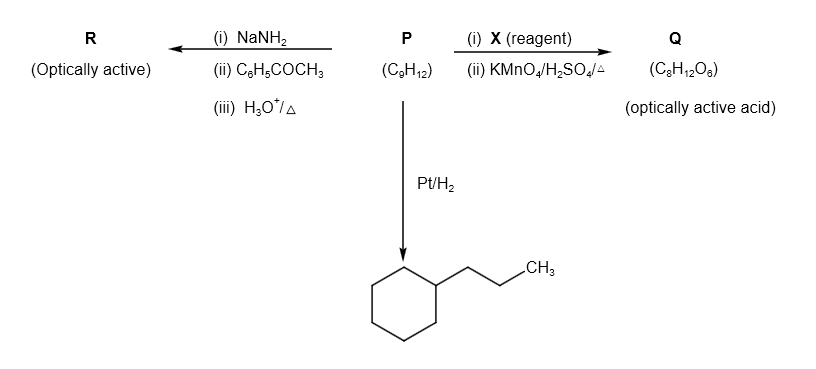
Choose the correct option(s).
A. P is
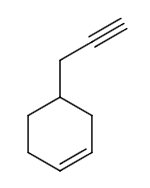
B. X is \[Pd - C/quinoline/{H_2}\]
C. P is
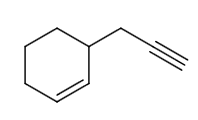
D.R is
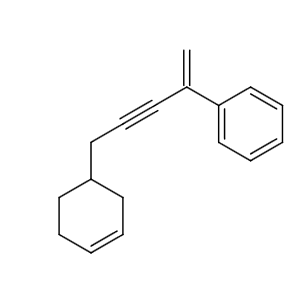
Answer
218.4k+ views
Hint: \[NaN{H_2}\] is a potent nucleophile and strong base. It is employed in elimination reactions as well as the deprotonation of weak acids. Alkenes can be reduced to alkanes with \[{H_2}\] in the presence of metal catalysts such as \[Pt\] .
Complete Step by Step Solution:
From the options, let us assume the structure of P is as follows:
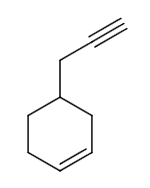
The reaction of P to R can be written as follows:
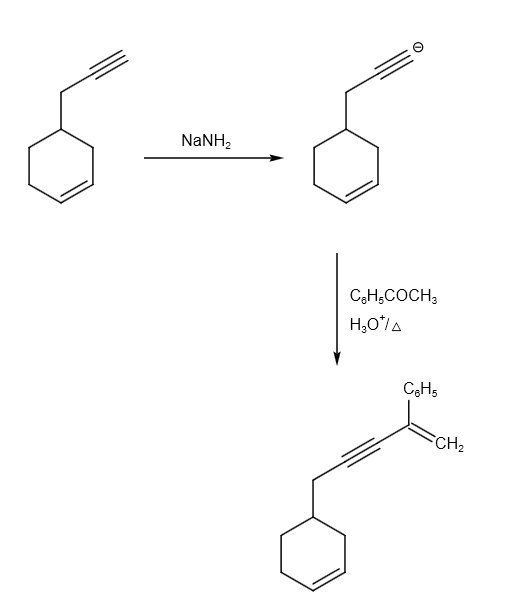
Hydrogenation can be written as follows:
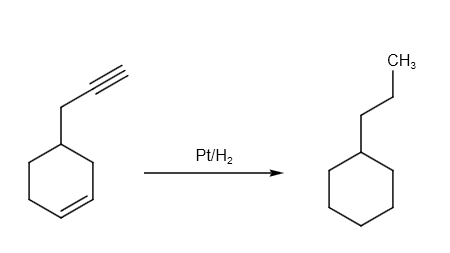
From the options, let us take \[Pd - C/quinoline/{H_2}\] as reagent X. \[Pd - C/quinoline/{H_2}\] is Lindlar’s catalyst. The reaction can be written as follows:
Therefore, option A is not the correct answer.
From the options, let us assume the structure of P is as follows:
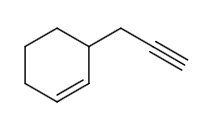
Let us assume \[Pd - C/quinoline/{H_2}\] as reagent X. The reaction of P to Q can be written as follows:
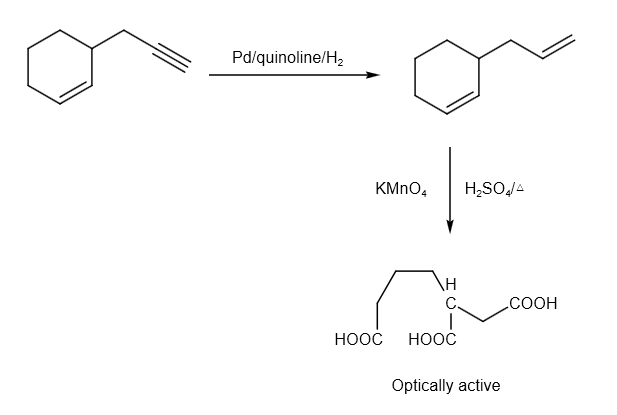
The hydrogenation reaction can be written as follows:

The reaction from P to R can be written as follows:
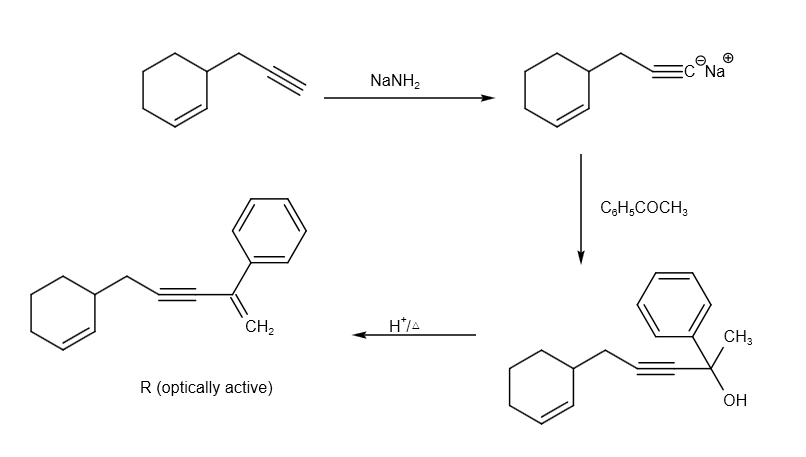
Therefore, option B and C are correct answer.
Additional Information:
• A heterogeneous catalyst called Lindlar is made of palladium that was created on calcium carbonate and treated with various forms of lead. A heterogeneous catalyst is one that constantly exists in a distinct state from the reactant solution (solid, liquid, or gas solution).
• After Herbert Lindlar, the company's founder, the name "Lindlar" was given. In some places, lead will be required to deactivate the palladium. Lead is present; hence this is frequently referred to as a "poisoned catalyst." When a catalyst's potency starts to decline, it becomes toxic.
Note: Different chemical pollutants, including lead acetate and lead oxide, are utilised to poison the palladium. Normally, just 5% of the weight of the catalyst is made up of the palladium element. Alkenes are subjected to the catalyst in order to hydrogenate alkynes.
Complete Step by Step Solution:
From the options, let us assume the structure of P is as follows:

The reaction of P to R can be written as follows:

Hydrogenation can be written as follows:

From the options, let us take \[Pd - C/quinoline/{H_2}\] as reagent X. \[Pd - C/quinoline/{H_2}\] is Lindlar’s catalyst. The reaction can be written as follows:
Therefore, option A is not the correct answer.
From the options, let us assume the structure of P is as follows:

Let us assume \[Pd - C/quinoline/{H_2}\] as reagent X. The reaction of P to Q can be written as follows:

The hydrogenation reaction can be written as follows:

The reaction from P to R can be written as follows:

Therefore, option B and C are correct answer.
Additional Information:
- • A catalyst is a material that modifies or speeds up any chemical reaction without causing any change on its own. Typically, a catalyst is utilised in smaller quantities than the reactants or other reaction participants.
Note: Different chemical pollutants, including lead acetate and lead oxide, are utilised to poison the palladium. Normally, just 5% of the weight of the catalyst is made up of the palladium element. Alkenes are subjected to the catalyst in order to hydrogenate alkynes.
Recently Updated Pages
Chemical Properties of Hydrogen - Important Concepts for JEE Exam Preparation

JEE General Topics in Chemistry Important Concepts and Tips

JEE Atomic Structure and Chemical Bonding important Concepts and Tips

JEE Amino Acids and Peptides Important Concepts and Tips for Exam Preparation

JEE Extractive Metallurgy Important Concepts and Tips for Exam Preparation

Algebra Made Easy: Step-by-Step Guide for Students

Trending doubts
JEE Main 2026: Application Form Open, Exam Dates, Syllabus, Eligibility & Question Papers

Derivation of Equation of Trajectory Explained for Students

Hybridisation in Chemistry – Concept, Types & Applications

Understanding the Angle of Deviation in a Prism

Understanding Collisions: Types and Examples for Students

Understanding Atomic Structure for Beginners

Other Pages
NCERT Solutions For Class 11 Chemistry Chapter 7 Redox Reaction

JEE Advanced Marks vs Ranks 2025: Understanding Category-wise Qualifying Marks and Previous Year Cut-offs

Thermodynamics Class 11 Chemistry Chapter 5 CBSE Notes - 2025-26

NCERT Solutions ForClass 11 Chemistry Chapter Chapter 5 Thermodynamics

Equilibrium Class 11 Chemistry Chapter 6 CBSE Notes - 2025-26

How to Convert a Galvanometer into an Ammeter or Voltmeter




